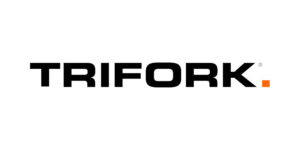Fra HSBC:
Unconventional monetary policies such as quantitative-easing, zero or negative interest rates and forward-guidance have failed to boost global growth sufficiently or revive inflation. Now helicopter money is being discussed by some as a possible next step.
Helicopter money is a government stimulus using funds created by the central bank rather than by issuing sovereign debt. It thus allows governments to cut taxes, increase spending or investment in infrastructure without an associated rise in public debt.
It’s easy to see the appeal, since helicopter money overcomes many of the shortcomings of other monetary-policy measures. Because no debt is created, governments, households or companies needn’t worry about paying it back later. The stimulus can be designed to target low-income households and those with a high propensity to consume – say, through a VAT cut. And central banks can create as much money as is required, thus sending a much more powerful signal.
But the very mention of helicopter money evokes both shock and fear in some quarters.
There are practical issues. Deciding the right amount of money to create is difficult. How would a central bank do it – and would it be legal?
And there are political considerations. Full belief in the operational independence of the central bank is paramount. If markets suspect governments are in the driving seat on helicopter money they will fear higher inflation and a return to the boom-and-bust policies of the 1970s and ’80s – or even the 1930s.
That could raise longer-term interest rates, choking off any expansion in private-sector activity. And if inflation expectations really picked up, we may see little real expansion and rather too much inflation.
Helicopter money can only offset a deficiency in aggregate demand. It will not solve the supply-side problems in the economy, which is what is required for long-term sustainable growth.
Will it happen? In our view, central banks still place too much faith in their current toolkit and fall back on the idea that monetary policy works with long and variable lags, meaning we merely need to be patient. A combination of a toolkit that gets increasingly depleted, and nominal GDP that continues to underperform – not to mention another shock to the system – might prompt the debate to open up.
But the concerns about the potential for misuse and worries that it could lead to hyperinflation mean we think helicopter money is only likely to happen in extreme circumstances.








